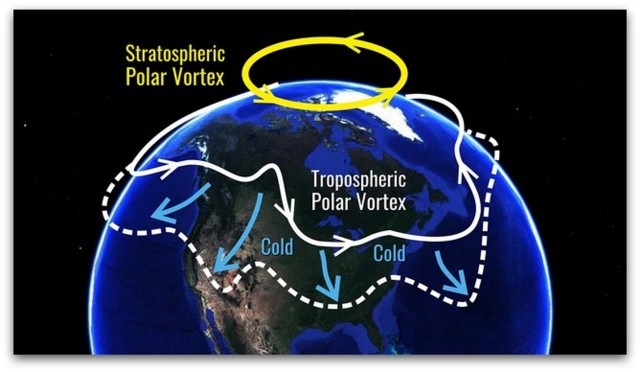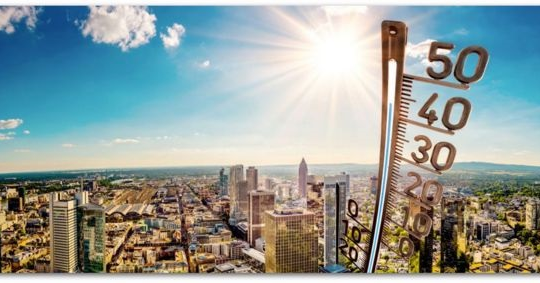
In an unexpected twist in atmospheric dynamics, the Arctic’s polar vortex, the dominant air circulation pattern, has undergone a complete reversal, with winds now blowing in an easterly direction.
The twist has piqued the interest of scientists around the world as they try to figure out its possible implications for weather patterns in the coming months.

The polar vortex reversal phenomenon, while striking, is not entirely unprecedented.
During the summer months in the Northern Hemisphere, the vortex naturally weakens, causing its circulating winds to shift in an easterly direction.
However, west-to-east reversals during the winter months often attract considerable attention because of their potential impacts on global weather patterns.
The reversal we witnessed in March 2024 stands out as one of the strongest events of its kind observed since comprehensive monitoring began in 1979.
“Big Drama”
Climatologist Amy Butler of the US National Oceanic and Atmospheric Administration (NOAA) underscores the extraordinary nature of this winter’s stratospheric events, noting that they rank among the top six strongest upheavals on record.
NOAA climatologist Rebecca Lindsey describes the development as “high drama,” emphasizing the scientific intrigue surrounding the phenomenon and its implications.
The polar vortex, located in the stratosphere approximately 6 to 20 kilometers above the Earth’s surface, serves as a key mechanism for maintaining cold air over the Arctic region.
However, disturbances in the vortex, often caused by atmospheric waves known as Rossby waves, can lead to what is called sudden stratospheric warming.
This event, characterized by a weakened polar vortex, can result in the dispersal of cold air and cause cold and extreme weather at lower elevations.
The importance of continuous monitoring
Despite the significant reversal of the polar vortex observed in March 2024, the exact impacts on global weather patterns remain uncertain. One notable observation was the spike in ozone levels over the Arctic, attributed to a weakened polar vortex allowing increased ozone deposition at the poles. However, for now there are no major weather disturbances directly related to this turn.
Looking ahead, experts emphasize the importance of continued monitoring and research into the dynamics of the polar vortex, especially in the context of ongoing climate change. As global temperatures continue to rise, the behavior of the polar vortex may undergo further changes, influenced by factors such as El Niño circulation patterns and changes in sea ice coverage.
Therefore, continued scientific research and observation will be critical to understanding the evolutionary role of the polar vortex and its implications for weather systems around the world.








